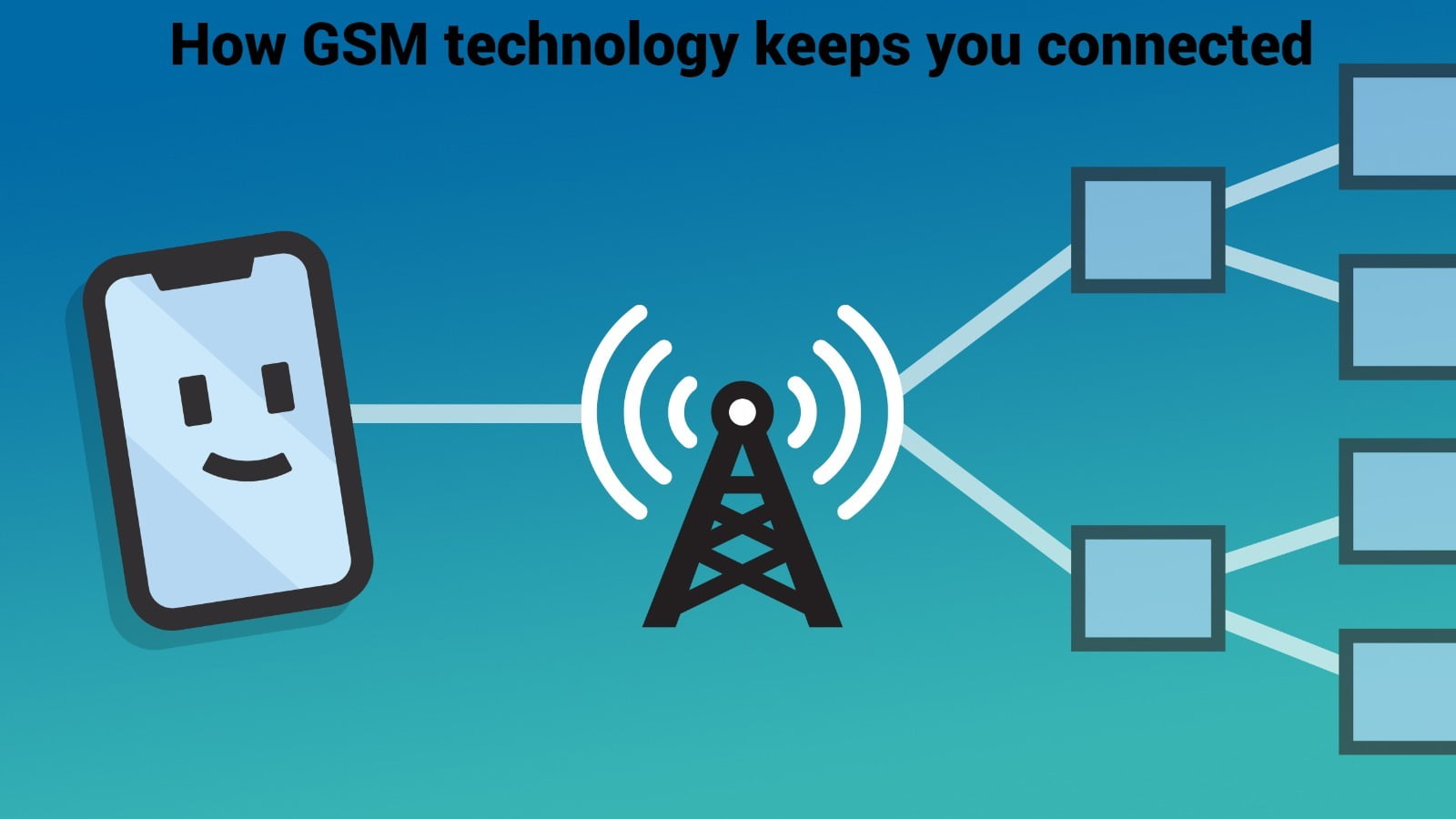
Staying Connected: Exploring How GSM Technology Works
In the world of mobile communications, GSM stands for Global System for Mobile Communications, a widely used digital cellular technology that enables seamless voice and data connectivity across various frequency bands. This intricate network of interconnected base stations and switching systems forms the backbone of modern mobile communication, allowing you to stay connected with friends, family, and the world around you. Now we can connect to the person who is living in the US from INDIA in just a matter of seconds. And we are even communicating with astronauts who are in outer space. What technology enables us to connect everywhere with everyone on this globe?
In this article we will explore the world of GSM or Global system for mobile communications- the wireless technology that enables us to stay connected no matter where we are.
What is GSM Technology?
GSM stands for Global System for Mobile Communications. It is a digital cellular network technology used for mobile communication.
It was first conceptualized at Bell Laboratories in 1970.
GSM operates at either the 900 megahertz (MHz) or 1,800 MHz frequency band.
GSM uses time division multiple access (TDMA) technology to allow multiple users to share the same frequency channel.
The time division multiple access (TDMA) technique allocates different time slots to users sharing the same frequency, supporting efficient data transmission and voice communication with data rates ranging from 64kbps to 120Mbps.
· The Main Elements in the GSM Architecture
· Base-Station Subsystem (BSS)
· Network and Switching Subsystem (NSS)
· Operation and Support Subsystem (OSS)
· The mobile station (MS)
· Features of GSM
· Supports international roaming
· Clear voice clarity
· Ability to support multiple handheld devices.
· Spectral / frequency efficiency
· Low powered handheld devices.
· Ease of accessing network
· International ISDN compatibility.
· Low service cost.
· New features and services.
· Short message service (SMS)
· SIM phonebook management
· Fixed dialing number (FDN)
Working of GSM Module
The GSM module eg. SIM800L from Simcom is connected to the microcontroller (MCU) like 8051, ESP32, Arduino or Nuvoton through a level shifter IC Max232 in the circuit.
When the GSM module mounted with a SIM card receives a digital command via SMS from any cell phone, it transmits that data to the MCU through serial communication.
During program execution, the GSM modem receives the command ‘STOP’ to trigger an output at the MCU, which is used to disable the switch.
The user sends the command based on an ALERT received through the GSM modem, which is a programmed message triggered only when the input is driven low.
The entire operation is displayed on a 16×2 LCD display.
The utilization of GSM Technology encompasses various applications, including:
Asset Tracking: The tracking of assets, such as vehicles, equipment, and inventory, can be achieved through the use of GSM-enabled devices. This information can be utilized to enhance efficiency and optimize operations.
Environmental Monitoring: The monitoring of environmental conditions, such as temperature, humidity, and air quality, can be accomplished through the use of GSM-enabled sensors. This information can be utilized to improve safety and prevent property damage.
Healthcare Monitoring: The monitoring of patient health, including heart rate, blood pressure, and glucose levels, can be achieved through the use of GSM-enabled devices. This information can be utilized to enhance patient care and prevent emergencies.
Fleet Management: The tracking of vehicle location and status within a fleet can be accomplished through the use of GSM-enabled devices. This information can be utilized to enhance efficiency and optimize routing.
Smart Metering: The collection of data from smart meters, including water, gas, and electricity meters, can be achieved through the use of GSM-enabled devices. This information can be utilized to improve accuracy and optimize energy consumption.
In conclusion, the widespread adoption of GSM technology, along with its global roaming capabilities and seamless transition to data services, has revolutionized communication and access to information. The evolution of GSM technology to include 3G, 4G, and now 5G has further expanded its applications in various industries and the Internet of Things.
GSM technology is known for its versatility and reliability, offering multiple ways to stay connected. Whether you are seeking a dependable and cost-effective means of communication or are interested in incorporating GSM technology into an IoT device, we at Campus Component can assist you. We offer top-quality GSM modules from reputable brands such as SIMCOM and many others.


